[Request] [IFC] Lightning Strike and Grounding Rod Simulation.
I want to create a right electrical design, but I can not use actual normative documentation for my country because is changing constantly and I already tired of this, for do a right electrical design I need to create a lightning and grounding simulation, I tried to find different software but no one with support for IFC.
In this point I need to multiple request in multiple forum but until now I did not found an answer.
https://forums.buildingsmart.org/t/electrical-grounding-analysis-and-design-software/3058
https://openems.de/forum/viewtopic.php?f=3&t=992
https://forum.freecadweb.org/viewtopic.php?p=441888#p441888
https://github.com/ediloren/EM-Workbench-for-FreeCAD/issues/5
...any suggestion?
PD: I did not requested help in blender forum because I am always rejected for any admin saying than blender is not for engineering.


Comments
I'm not trained in electrical design, but if you describe the process enough, and are able to use the simulation tools (e.g. OpenEMS), then perhaps I can help build the geometry creation / data mapping side of it for IFC.
A few questions to begin:
TL;DR Any electromagnetic risk can be solved theorically with simulation
of course, i want to help as much as possible.
1st We should start with a risk management software, actually I am using CDrisk, but ORE could be a better base for start or any free worksheet.
https://www.opensourcerisk.org/ (ORE)
https://electrical-engineering-portal.com/download-center/electrical-software/lightning-protection-risk-assessment-calculator
2nd Copper conductivity is 100% and aluminion is 61%, when is pure, for a BIM and 3D modeling is necessary determinate the materials.
3rd Exist multiple lightning calculation method, but the most used and easy to understand is the Sphere Method, actually used for DDS-CAD.
4th the materials can be determinated for multiple reasons and factors, but the ideal is use copper.
Descripting Sphere method:
A imaginary sphere or ball, that represent an electron, is moved for all our 3D or 2D building, the Lightning Rod should be ubicated strategically in the site that help to protect our building, generally in the edges.
the Sphere Radio is determinated for our Risk Management Software, such Radio can be different according to differente standard and per country.
https://electrical-engineering-portal.com/download-center/electrical-software/lightning-protection-risk-assessment-calculator
Traditional Workflow:
After determinate our Sphere Radio, and ubicate our Lightning Rods, we should connect our Grounding Rod or Grounding Mesh
After connect our device,s the cable size should be calculated, for this we should use our free worksheet
https://electrical-engineering-portal.com/download-center/electrical-ms-excel-spreadsheets
At same time our Grounding Rod or Mesh should be calculated with another use our free worksheet but take in consideration than each country have their own requeriment.
https://electrical-engineering-portal.com/download-center/electrical-software/earthing-mat-design-for-substation
Pros:
easy to draw in a CAD program.
Cons:
no effective method
this is just theorical
standard change each year in every country
the calc method for the risk software could be modified intentionally for sell mor lightning / grouding rod / meshhis
not every risk software have info for every country.
Solution:
Simulate the lightning Strike with an Electromagnetic Software, multiple software could be solve this but there exist different algoritm to solve this, I mean, is similar to Structural Analysis, using FEM and others methods.
Similar to LED lighting Calc, the Grounding Rod or Mesh should be calculated by specialized software.
Simulate a Lighitning Strike could find hidden errors that using a spreadsheet could not determine.
PD: Actually I am exploring Simulation Software and Actually I can not help in this part, but OpenEMS or FreeCAD EM Workbench theorically should should be able to create these simulations
PD 2: Same method apply for Sub-Station design and Diesel Generator size (GenSet)
https://electrical-engineering-portal.com/download-center/electrical-software/size-diesel-generator
PD 3: all basic necessary sheet can be found for free in the internet.
PD 4: I am student, I could fail in some part, but I am being very very rigorous in find the right workflow.
PD 5: according to internet, the best for mentioned work is:
https://www.emworks.com/
https://www.ansys.com/about-ansys/advantage-magazine/volume-x-issue-1-2016/lightning-strikes-more-than-once
https://etap.com/
https://www.mathworks.com/products/simulink.html
i just want to add, something to take consideration is the type of soil.
... and the results should be something like this:
credist: http://www.cyme.com/software/cymgrd/
credist: http://www.xgslab.com/general/xgslab/xgslab
some samples for Lightning Rod Protection:
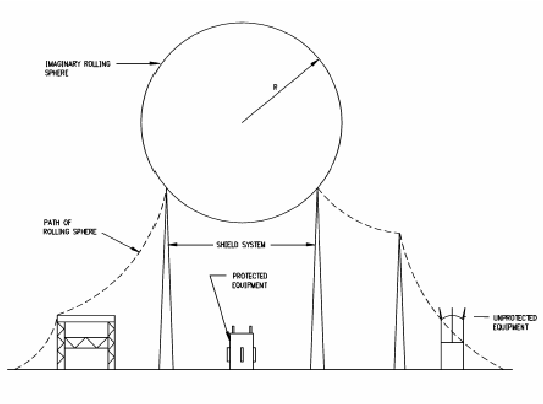

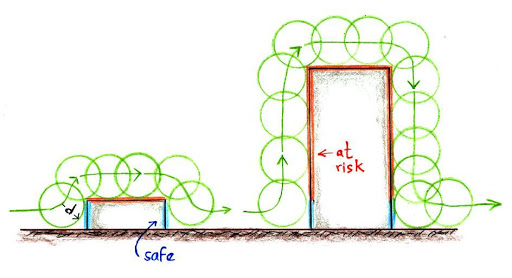
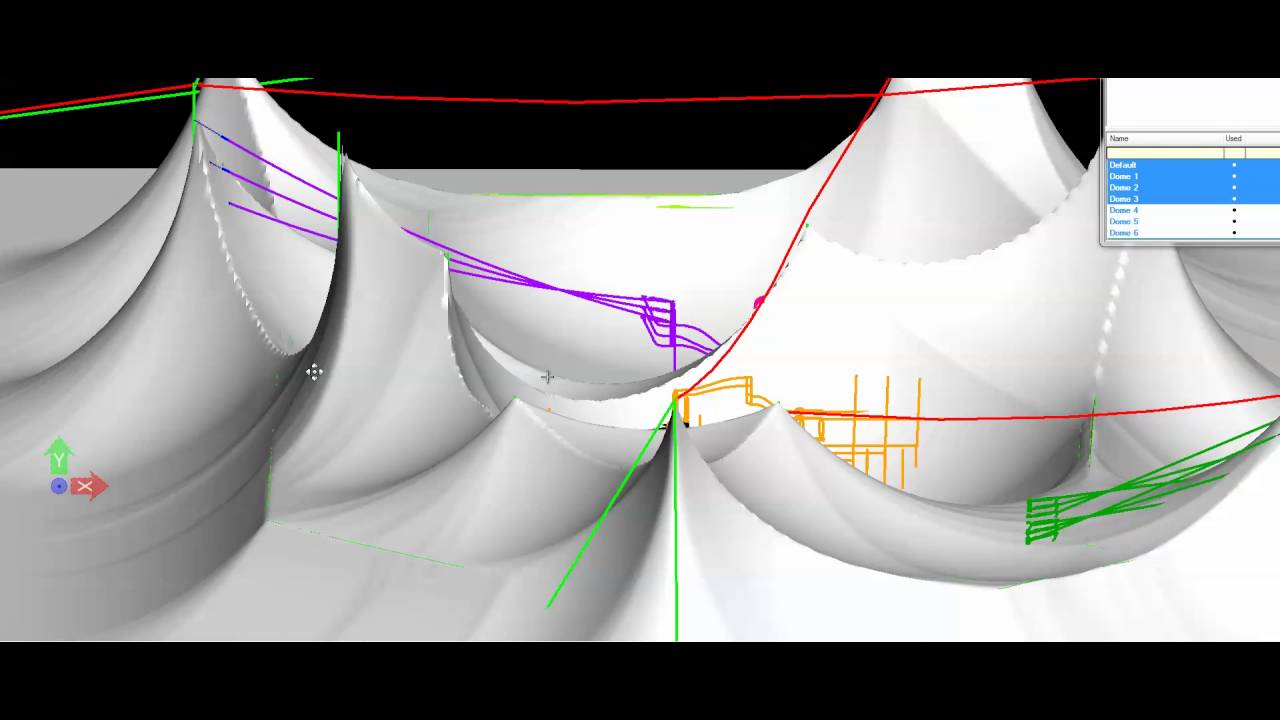

This is all not on my area of expertise unfortunately. Perhaps the best way to move forward is to create a video recording of you doing some typical task, and see where free software can fit in.
ok, I will create a video soon.
hello again @Moult
I found a video to explain the First Part, very intuitive, and easy to replicate to BIM software.
__
explaining the video:
0:00



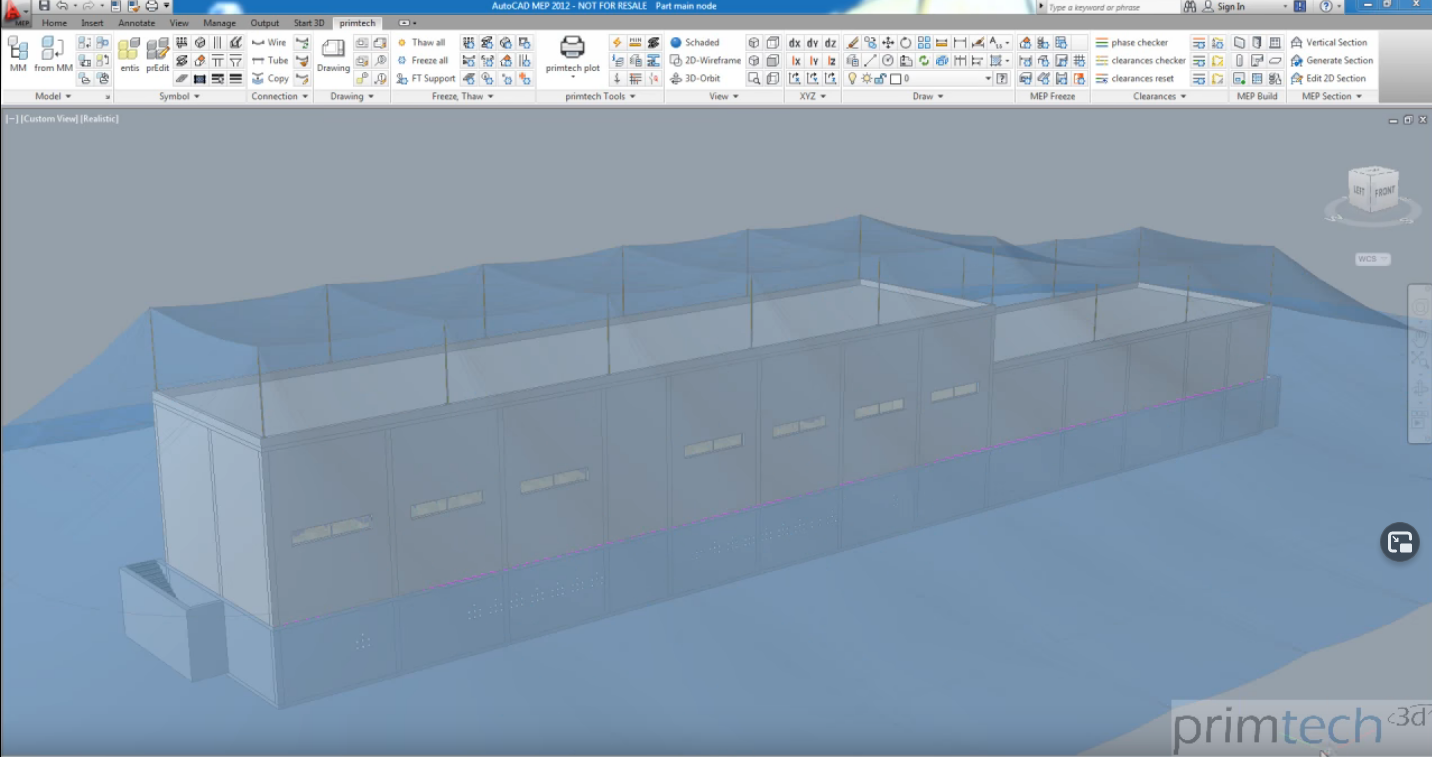
The related video is about a plug-in for AutoCAD MEP, the method used here is the "Rolling Sphere Method" and the Standard IEC 62305-1, but this method similar to other specialties is only theoretical.
__
0:30
we start with a 3D model, we can found
__
0:45
here we can find the plug-in interface, the important part is "class of lightning protection system", we have 4 class, I - II - III - IV, the class depends on a risk calculator software, or more know as Risk Management Software and is different per each country, geolocation , and other variables. in this case the values are "class I = 20m" "class II = 30m" "class III = 45m" "class IV = 60m", this value determine the Radio in our "Rolling Sphere Method"
__
1:00
here we can see a cloak, everythin below this cloak is the "Safe area", everything that is within this "Safe Area" is what we intend to protect.
Credist to Primtech3D
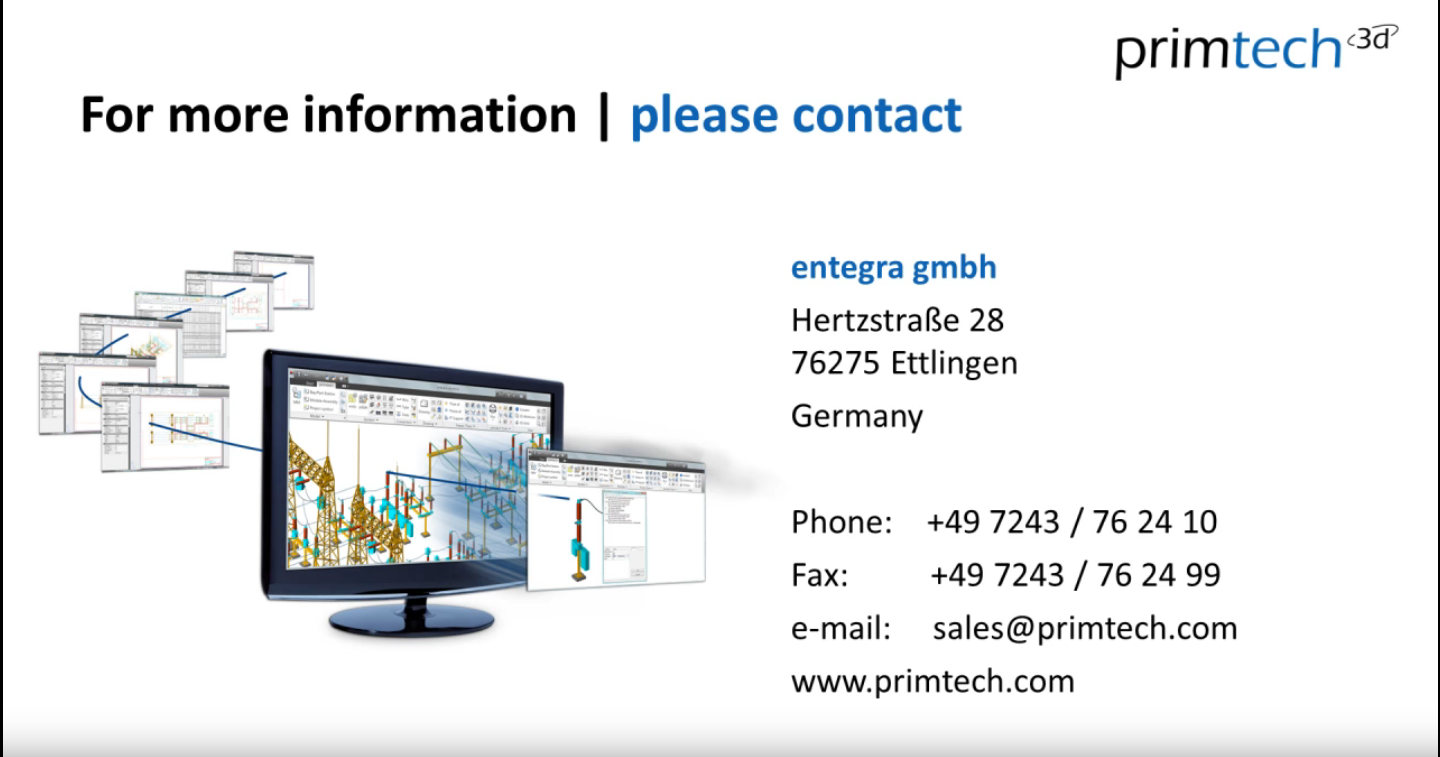
with this we finished our first part, as you can see, it is easy to understand and intuitive.
PD: we have 4 lightning rod more common types, and all mentioned lightning rod work with Rolling Sphere Method:
Simple bar lightning rod
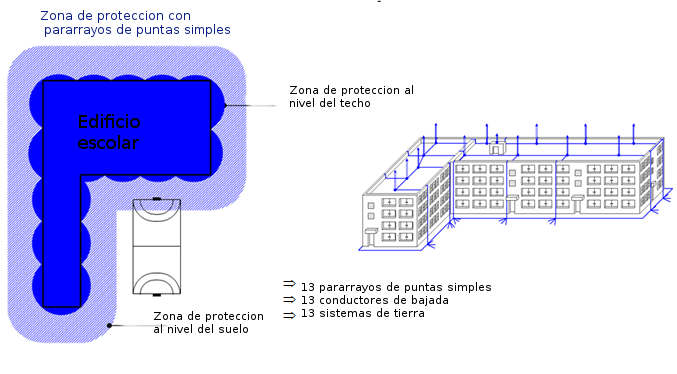
Faraday cage lightning rod
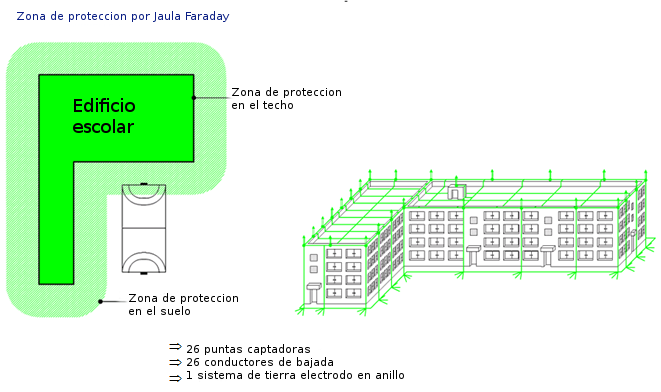
Armored wire lightning rod
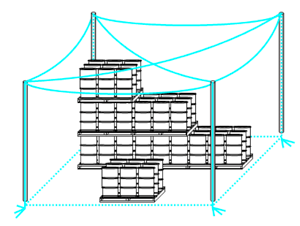
Lightning rod PDC ("Pararrayo con Dispositivo Cebado" or lightning rod with primed device)

...more info here (Spanish):
https://ioniflash.com/es/faq-items/cuales-los-diferentes-pararrayos/
I forget mentioned than the Rolling Sphere Method to calculate the cloak volume is this:

or this:
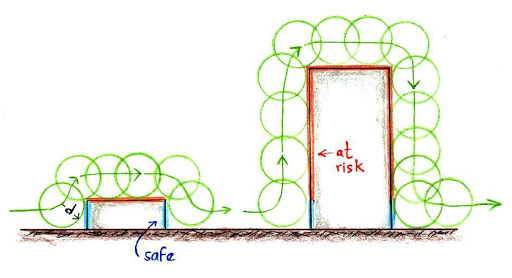
and the cloak resuls should be this:
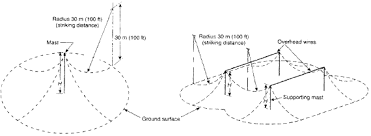
I was thinking of a CNC ball-endmill path over the architectur. FreeCAD can do this. Probably easy for an IFC Building in a flat landscape.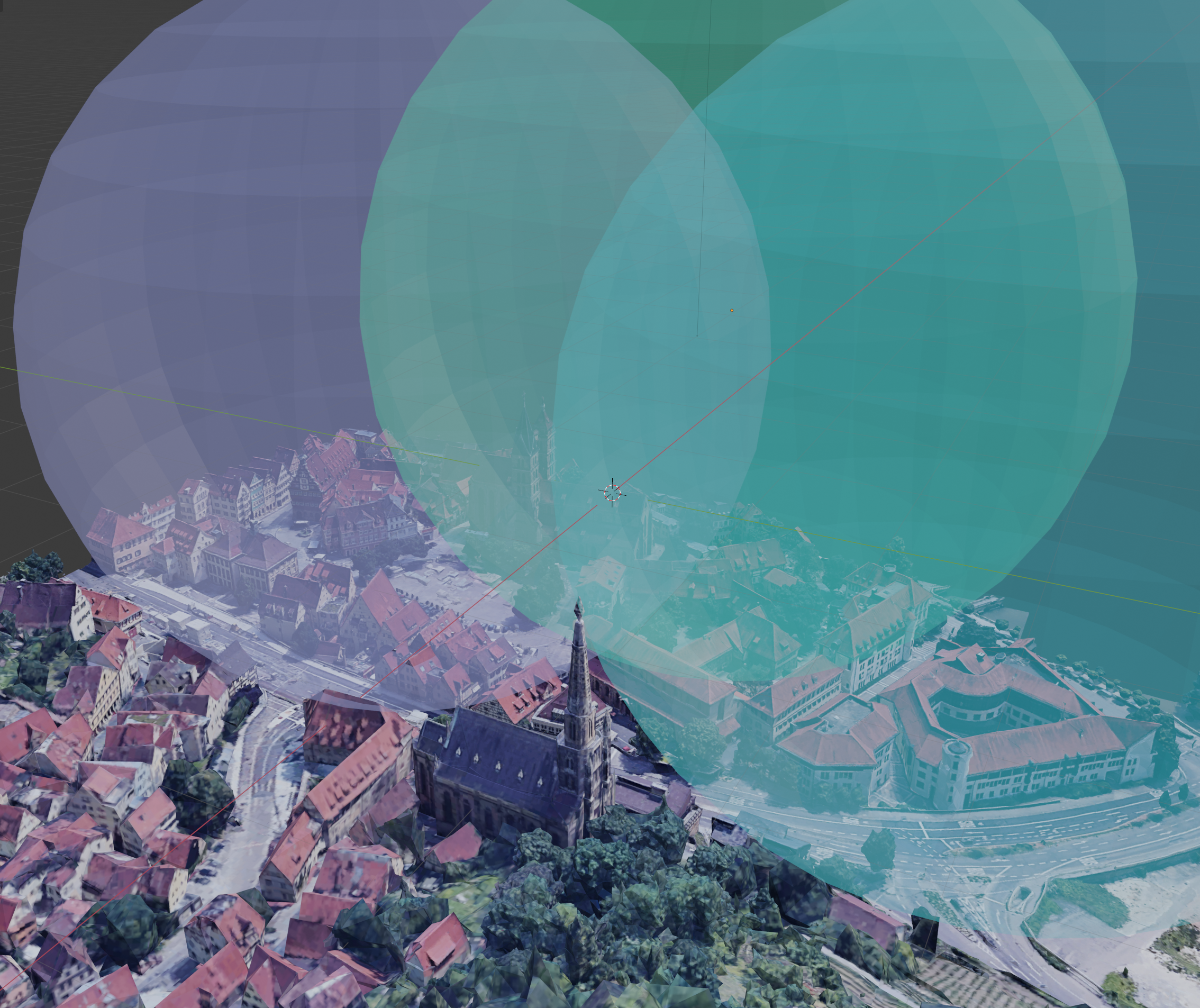
Whenever one wants the 'real' world (google-map rdc files in Blender), then it gets troublesome because of all the mesh-surfaces..
I did let fall the lightning ball in Blender physic model.. that is Ok for one Thunderstrike occurence.. would need to 100s of balls to have the complete protection picture.
Still help is needed. (https://github.com/vilemduha/blendercam probably same troubles as FreeCAD with the dirty mesh)
Hints on mesh cleaning procedure that would not destroy the envelop of my city..just keeping a smoothed last contour-surface, something easy enough for the nc-algorithm.
Lukas
Very interesting analysis.
... I still did not tested all features in FreeCAD and Blender, I have a question, is there any method tho extract a donut from a cube? Because according to the image, I could suggest do this process to create or find the safe volume